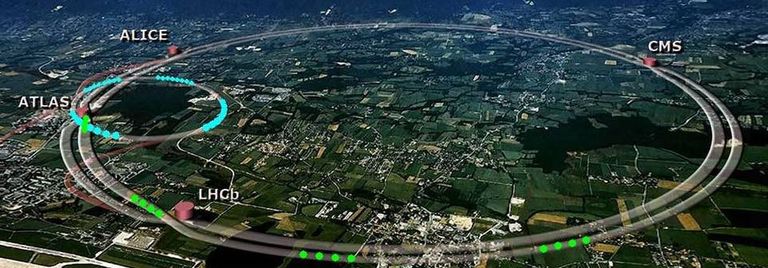- 14-18
- 18+
- 20-40
- 55+
- Gruppe
- Rollstuhl
The discovery of the Higgs boson has opened the door to a new era in particle physics. is particle is a conundrum. Unlike any previously discovered, it raises more questions than it answers. What fundamental laws operate at the smallest distance scales? Where did the ma er we are made of come from and, while we’re on that topic, what is the dark ma er? All evidence suggests the Higgs is, at the least, a co-conspirator in these mysteries.

In the continued a empt to search for answers, theoretical physicists are increasingly looking towards cosmol- ogy, where fundamental questions may be linked to the physics of the most ginormous proportions. In this talk I will discuss current approaches to these puzzles and explain how the physics of the cosmos is shaping our understanding of the results from the worlds most powerful microscope: e Large Hadron Collider (LHC). is is a two way street, and I will explain how measurements from particle colliders have consequences for our understanding of the very earliest Universe, and its ultimate fate.
Inhalt: anspruchsvoll
Interaktivität: passiv
Drinnen/draussen: drinnen